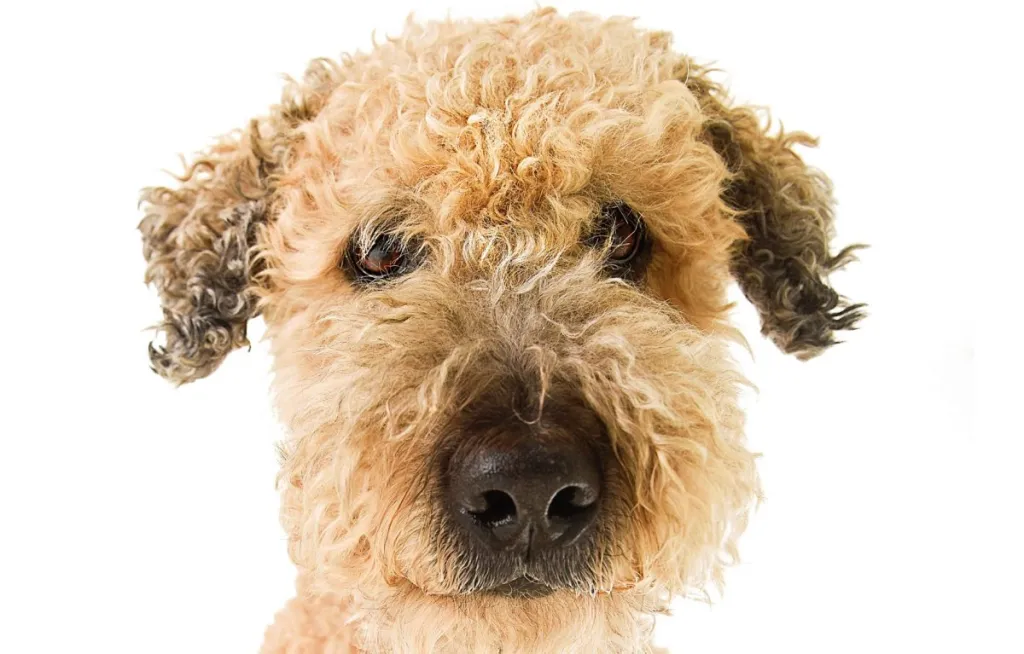Welcome to the delightful world of the Whoodle, a charming hybrid dog that combines the intelligence and hypoallergenic coat of the Poodle with the friendly, energetic nature of the Soft-Coated Wheaten Terrier. If you’re considering adding a Whoodle to your family or simply curious about this lovable breed, you’re in the right place! In this expert guide, we’ll explore everything from their origins and appearance to their care, training, health considerations, and why they’ve become a favorite among dog enthusiasts worldwide.
Origin and Background of the Whoodle
The Birth of the Whoodle
The Whoodle, also known as the Wheatendoodle or Wheaten Poodle, emerged as part of the designer dog trend, aiming to combine desirable traits from both parent breeds. The Poodle brings its hypoallergenic coat and intelligence, while the Soft-Coated Wheaten Terrier contributes its friendly personality and playful nature. The result is a versatile and affectionate companion suitable for families, singles, and seniors alike.
Understanding the Traits of the Whoodle
Physical Characteristics
Whoodles can vary in size depending on the Poodle parentage, ranging from small to medium-sized dogs. They typically have a soft, wavy or curly coat that can be various shades of cream, apricot, or silver. Their eyes are expressive and typically dark, and their ears may be floppy or semi-erect. Overall, they possess a charming and endearing appearance that appeals to many dog lovers.
Temperament and Personality
Known for their friendly and outgoing nature, Whoodles are affectionate, intelligent, and eager to please. They form strong bonds with their families and enjoy participating in activities such as playtime, walks, and even agility training. They get along well with children and other pets when properly socialized from an early age, making them a versatile choice for households with multiple pets.
Caring for Your Whoodle
Nutrition and Diet
Providing a balanced diet is crucial for the health and well-being of your Whoodle. Choose high-quality dog food appropriate for their size, age, and activity level. Due to their active nature, Whoodles may benefit from a diet that includes lean proteins, healthy fats, and vitamins to support their energy requirements.
Exercise Needs
Whoodles are energetic dogs that require regular exercise to stay mentally and physically stimulated. Aim for at least 30 to 60 minutes of exercise each day, which can include walks, play sessions, and interactive games. They also enjoy activities that challenge their intelligence, such as puzzle toys and obedience training.
Grooming Requirements
Their coat requires regular grooming to prevent matting and tangling, especially if they inherit the Poodle’s curly coat. Brush them several times a week and schedule professional grooming appointments as needed. Trim their nails regularly and clean their ears to prevent infections. Additionally, dental care is important to maintain their oral health.
Training and Socialization
Whoodles are intelligent and eager to please, making them relatively easy to train. Start obedience training and socialization early to ensure they develop into well-mannered adults. Use positive reinforcement techniques such as treats, praise, and playtime to motivate them during training sessions and strengthen your bond.
Health Considerations and Lifespan
Common Health Issues
Whoodles are generally healthy dogs, but like all breeds, they may be prone to certain health conditions inherited from their parent breeds. Common concerns include hip dysplasia, progressive retinal atrophy (PRA), and allergies. Regular veterinary check-ups and preventive care are essential to monitor their health and detect issues early.
Lifespan and Veterinary Care
Whoodles have a lifespan of around 12 to 15 years on average. Routine veterinary visits for vaccinations, dental exams, and health screenings help ensure they live a long and healthy life. Your veterinarian can provide guidance on specific health concerns and recommend appropriate preventive measures based on their individual needs.
Living with a Whoodle
Ideal Home Environment
Whoodles thrive in homes where they receive plenty of attention, exercise, and mental stimulation. They are adaptable to various living situations, including apartments and houses with fenced yards. They enjoy being part of a family and should not be left alone for long periods, as they thrive on human companionship.
Compatibility with Other Pets
With proper socialization from a young age, Whoodles can get along well with other dogs and pets in the household. Supervised introductions and positive interactions help ensure they develop positive relationships with their furry siblings.
Conclusion: Is the Whoodle Right for You?
With their charming personality, intelligence, and hypoallergenic coat, the Whoodle is a fantastic choice for dog lovers seeking a playful and affectionate companion. Whether you’re attracted to their unique appearance, gentle demeanor, or their reputation as a low-shedding breed, Whoodles have something to offer for everyone.
- Best Clay Alternatives for 2025 - April 19, 2025
- Best Seamless.ai Alternatives for 2025 - April 19, 2025
- Best UpLead Alternatives for 2025 - April 18, 2025



